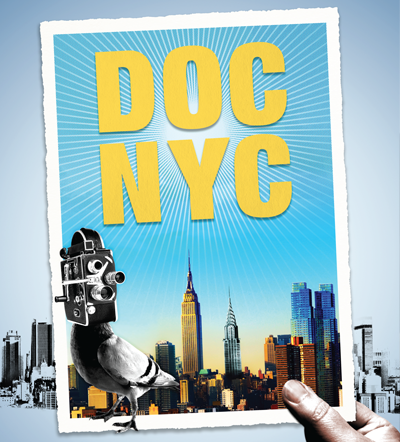
![]()
Now in its third year, the IFC Center’s DOC NYC is one of the most consistently absorbing and downright important showcases for documentary film. The buzziest entries this year are The Central Park Five, Ken Burns’ look at the 1989 “crime of the century” rape, and Alison Klayman’s portrait of Ai Weiwei, which PLANET profiled here. But the best thing about DOC NYC is its knack for finding lesser-known gems. The festival ends this Thursday, but there are still five standout films that are screening—some more than once—over the next few days.



Greame Williams, Sisulu released. South Africa, Soweto, 1989. © Greame Williams.
ICP’s latest tour-de-force historical exhibition is Rise and Fall of Apartheid: Photography and the Bureaucracy of Everyday Life, opening September 14th. The exhibit attempts to include all the important forms of visual documentation that bore witness to South Africa’s sixty years of apartheid: films, books, and photographs in all forms, from newspaper-commissioned to social documentary to photo essay.
The exhibition is of course powerful for its subject matter, and the show digs deep in its illustration of how apartheid touched every aspect of life, large and small. You see the South African Communist Party demonstrating in a large group, with arms raised defiantly and film cameras swarming the scene. Contrast this with the lone woman on a streetcorner, protesting against hangings to passing traffic. Contrast this with a pro- segregation demonstration backed with Biblical quotes. Throughout, Rise and Fall of Apartheid is valuable for the way it showcases South African photographers working in incredible times, and under incredible pressures.
The show’s deep reach is thanks to its curators, the Nigerian-born Okwui Enwezor with Johannesburg-based Rory Bester, two specialists of modern and recent-era South Africa. Rise and Fall of Apartheid runs September 14 – January 6.

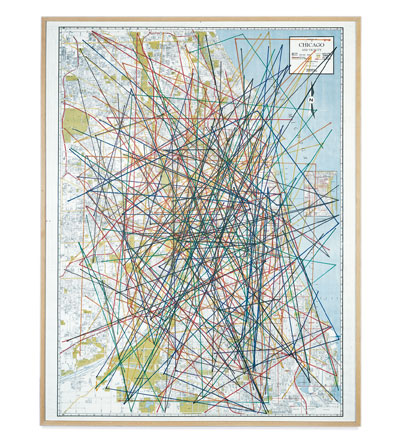
John Cage, A Dip in the Lake, 1978.
John Cage has been an important figure on the landscape of the Museum of Contemporary Art Chicago since literally the beginning: he performed at the opening of the institution’s first-ever exhibition in 1967. In the decades that followed, Cage and the MCA enjoyed a fruitful working relationship, with the artist creating and performing scores on-site and the museum hosting performances of his works over the decades, continuing after his death in 1992 and into the present day.
If only just for those performances, MCA would be a precious keeper of Cage’s legacy. But the museum has more: the material results of its long association with the artist can be seen in MCA DNA: John Cage, a multimedia exhibition opening September 1st of photographs, letters, performance, video, and Cage’s idiosyncratic scores, the most famous of which is created on a large map of Chicago. The exhibit seeks to make Cage’s scores come alive again, with displays and materials that demonstrate how to interpret them. Elsewhere the artist’s influences, such as books he kept, sit next to notes he wrote and archival papers documenting his time at MCA. The exhibit mixes art with archive and creative with strictly professional, and keeps the close link to the MCA as a central element throughout. As site-specific as a Cage performance and equally unpredictable, MCA DNA: John Cage is a snapshot of an extraordinary artist’s process.

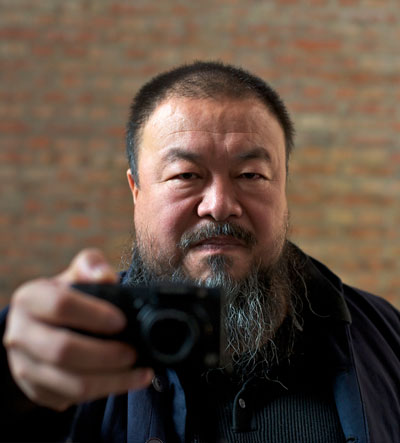
a scene from Alison Klayman’s AI WEIWEI: NEVER SORRY. Photo by Ted Alcorn.
Alison Klayman began making a documentary on Ai Weiwei in 2008, at what must have seemed like a summit of notoriety for the artist. He was in the middle of the Sichuan Earthquake Names Project, an attempt to uncover the death toll from the 2008 Sichuan earthquake, which the Chinese government refused to name. He had just designed the groundbreaking Bird’s Nest Olympic stadium and immediately denounced the Beijing Olympics in the international press. He had been an opponent of the state for years, with his explicit underground artwork and interest in Western ideas; now he willingly became an open target.
And this is all years before Ai’s infamous 81-day incarceration. Part of what makes “Ai Weiwei: Never Sorry” so compelling is that the artist’s life—or at least the narrative that Klayman has extracted—seemingly never stops revving up. As a young man Ai railed against an oppressive cultural heritage in Dropping a Han Dynasty Urn and the Study of Perspective series. He has become more preoccupied with the present in his later career, waging campaigns against the earthquake secrecy and the jailing of Chinese activist Tan Zuoren with dogged endurance. Integral in his mobilizing efforts are his website and Twitter account, which give off an energy and inspiration that “Never Sorry” makes palpable. For dissidents, the young, and any Chinese citizen unwilling to ignore the rest of the world, Ai is a vital figure.


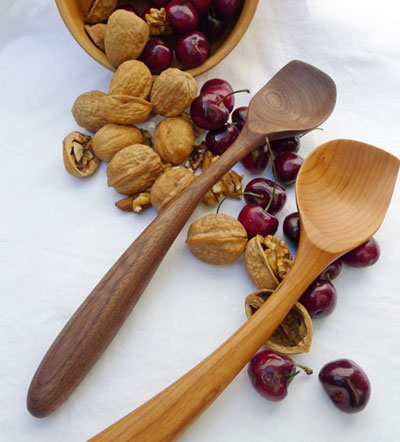
© Christopher Han
The Hell’s Kitchen Flea Market is teaming with the artsy kids of 3rd Ward for Member Made @ Hell’s Kitchen Flea Market, a one-off specialty market featuring merchandise made by New York City artisans. 3rd Ward is the DIYer’s most invaluable resource in the city, a workspace that rents equipment to photographers, woodworkers, and metallurgists, and offers studio space for artists and classes for novices. Member Made rounds up the best of 3rd Ward’s member professionals, who are independent designers and business- owners in their own right. Among the furniture, clothing, home goods, jewelry, and lighting for purchase will be Stockpile Design’s furniture made out of repurposed ammunition, Let Love Reign’s socially conscious bags, and a plethora of handmade jewelry, utensils, and clothing from around the city.
Member Made @ HKFM will be open this Saturday and Sunday from 10 – 5 at 39th St, between 9th & 10th Avenues.


Omri, Givatti Brigade, Golan Heights, Israel, March 29, 2000
After almost 25 years of being one of Holland’s most interesting portraitists, photographer Rineke Dijkstra is getting her major mid-career survey in America. After premiering at SFMOMA, Rineke Dijkstra: A Restrospective comes to the Guggenheim this summer, showcasing Dijkstra’s elegant light touch and acute eye for emotional currents. Though she’s searched for unguarded moments in adult subjects, most notably in mothers post-delivery, Dijsktra’s long-standing topic has been youth. In portraits of children and teenagers at parks, dance clubs, and beaches she gleans the earnest, half-formed quality that lies behind any posture or pose of adolescence. Her subjects stand without accoutrements or really much in the way of background, but each photo achieves a beautiful balance between delicate color and light effects, and the glowing openness of the face in the frame.
Dijkstra’s other exploration of the young—the one that’s garnered her the most attention—is an epic time-lapse method. The Almerisa series, which began in 1994 and continues today, comprises eleven photos of a young Bosnian refugee taken once every 1 – 2 years. The series begins with Almerisa at age 6 and its latest installment, taken in 2008, includes Almerisa’s own baby.

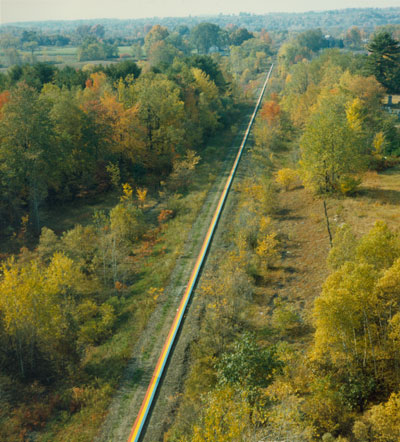
Stephen Long, 1968 © Patricia Johanson
This summer the Museum of Contemporary Art, Los Angeles is giving the land art movement its long-overdue, very first retrospective. Ends of the Earth: Land Art to 1974 looks at a small chunk of land art’s history – barely a decade, from its birth in the sixties to its commercial overhaul in the mid-seventies – and attempts to untangle the messy motivations behind it.
Land art was singularly revolutionary in a period full of revolution. While artists in New York and LA were using deliberately worthless trash as sculpture material or creating works with a silkscreen printer instead of their hands, practitioners of land art literally removed themselves from the art institution. They created work out of raw firmament on sites chosen not only for their workability, but for their remoteness as well. Land art was all natural (pieces were shaped out of the environment, never brought in from somewhere else), unmoving, and purposefully left to the mercy of the elements just like any other organic creation. It was as far from the art machine of galleries, collectors’ auctions, and museums that you could get. Ends of the Earth portrays land art’s origins for what they were: equal parts thought-provoking, exploratory, and reactionary.


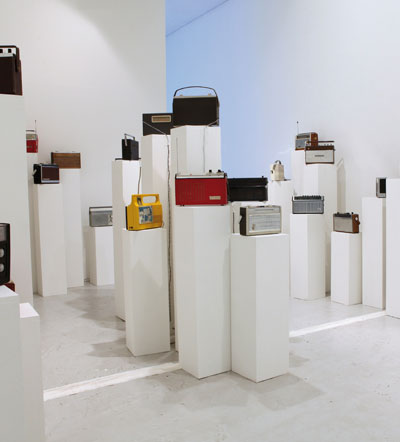
Dans l'(((Onde))), installation view galerie du jour agne`s b. Paris
This week agnès b. Galerie opens Musique Plastique, a lively multimedia exhibition that was first shown in Paris last year. “Musique Plastique” asks a loaded question: What is the relationship between music and visual art? Do the two creative impulses come from the same place, or do they encourage and inspire one another? Why are so many musicians compelled to paint, and vice versa?
“Musique Plastique” is small, but its ambitious scope—post-punk, synth pop, folk, video, photography, sculpture—does its best to answer these questions. The show’s biggest names are probably Jonas Mekas (from the art world) and Thurston Moore (from music), but every player involved is fascinating. Daniel Johnston, the American lauded singer- songwriter who’s worked on everything from rock operas to a documentary about his own schizophrenia, will present his visual art. Swedish electronic artist Tobias Bernstrup will share his unique process of using musical performance as a step to making visual art. Étienne Charry, who since his days as the guitarist for Oui Oui with Michel Gondry has become a French pop chameleon, will show his experimental spirit visually as well. In all, twenty musician-artists are represented.
Musique Plastique opens June 14th at agnès b. Galerie Boutique. A compilation of music featured in the show is available for free at www.50howardstreet.com.


Gnucci at Music Doc
While Cannes soaked up all the attention last month, a different kind of festival was making waves in Havana. The traveling Swedish festival Music Doc is the best weathervane around for what’s new and interesting in Nordic art, across all media. Though the centerpiece of any Music Doc event is a movie or documentary about music, the organization takes pride in making the experience a multifaceted one: live bands, dance shows, and even spirited lectures can precede a screening. Many independent film festivals now travel, but few do it as dexterously as Music Doc, which juggles DJs, visual artists, and musicians from every genre between continents. Though the festival features some of Sweden’s most fascinating acts, much of the work is still under the radar anywhere else in the US—this is a rare opportunity to step inside the culture.
Music Doc began its 2012 circuit in Chile; it completes a two-night event at the Hotel Americano in New York on Wednesday. Several artists, many of them Swedes transplanted to New York, will hold a discussion on YouTube before a screening of the documentary Stocktown X South Africa. A DJ set afterwards includes one of the men featured in the film.

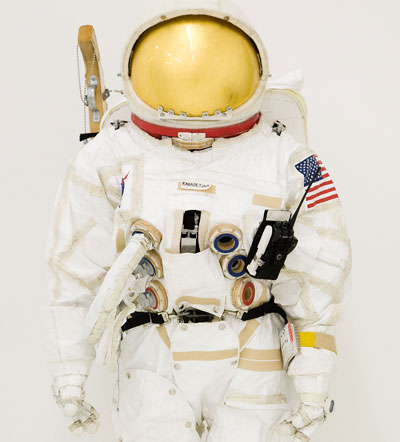
Extravehichular Mobility Unit (EMU), Mixed Media PHOTO: Josh White
Tom Sachs first traveled to the moon in 2007, in a rocket made from plywood, foam-core, and hot glue that never actually managed to leave its launching pad, the Gagosian Gallery. For the next three weeks, Sachs brings to the Park Avenue Armory SPACE PROGRAM: MARS, a sweeping installation including life-sized spacecraft, exploratory vehicles, a Mission Control, and the surface of Mars itself, all made by hand.
Sachs and a crew of thirteen are inhabiting the Armory for the duration of the show, where they will perform the survival tasks necessary for long flights and scientific investigation using equipment created by Sachs. The crew both demonstrates and trains visitors in these techniques; the exhibit is entirely interactive and, hopefully, transporting. In Sachs’ hands, the mysterious soaring notion of space travel becomes a series of rituals and survival techniques, irrefutably grounded. The majestic craft are rendered in common found—one might say “earthy”—materials, reminding us where we come from as we aspire to greater lengths.






 Facebook
Facebook Permalink
Permalink Digg
Digg Reddit
Reddit LinkedIn
LinkedIn StumbleUpon
StumbleUpon Tumblr
Tumblr
